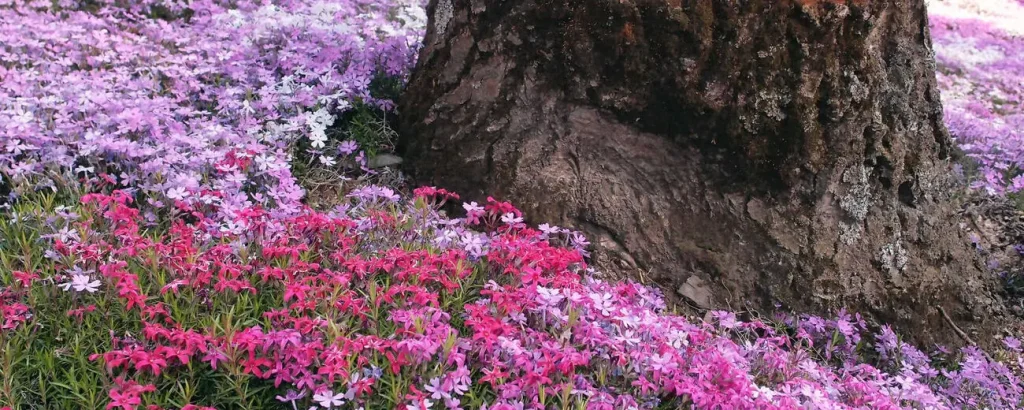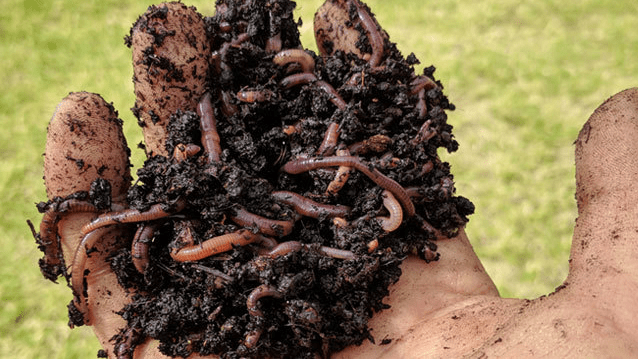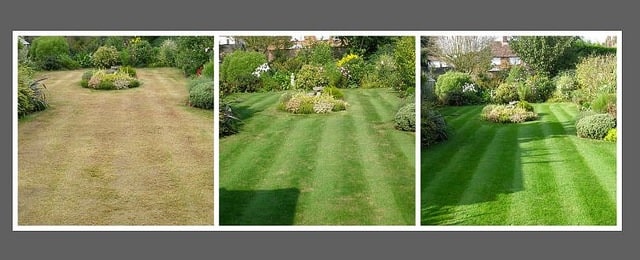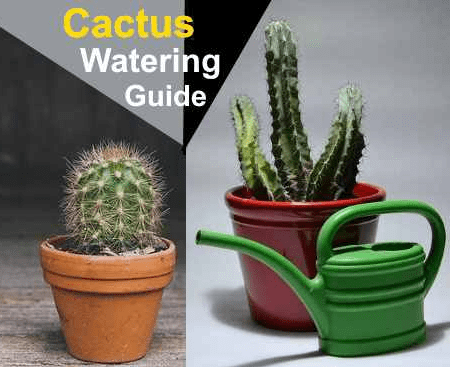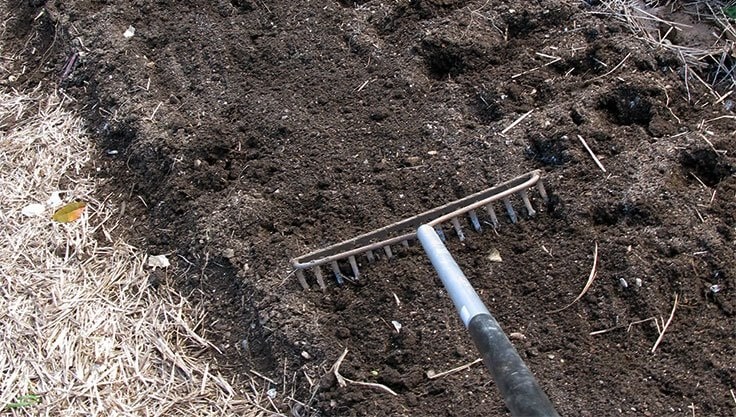Wild Herbs Quickly Take Over Bare Spots in the Garden – Plant These Beautiful Ground Covers Instead
Ground covers are an excellent way to suppress weeds while requiring minimal maintenance. One of the most stunning options is Phlox, which creates a beautiful carpet of flowers.
Contents
The Benefits of Ground Covers
Under the canopy of trees and shrubs, wild herbs tend to spread quickly. Gaps in garden beds also don’t stay empty for long before weeds like ground elder, gallant soldier, and dandelions take over. If you find weeding to be tiresome and want a more attractive alternative, flowering ground covers are the perfect solution.
Ground-covering plants are not only visually appealing but also come with many benefits:
- They reliably suppress weeds and are more environmentally friendly than lawns, as they require less water and fertilizer.
- They help prevent soil drying and erosion, especially in dry summers.
- They are low-maintenance and require little effort to keep in good condition.
- They provide food and habitat for insects, including butterflies, bees, and ladybugs. Many ground covers form dense mats that insects use for shelter and reproduction.
Ground Covers for Sunny Beds
Carpet Phlox
Carpet Phlox, also known as Creeping Phlox, forms dense mats of foliage and blooms profusely in spring and summer with small, fragrant flowers. It requires little maintenance and thrives in dry conditions.
Creeping Thyme
Creeping Thyme is not only a fragrant culinary herb but also an excellent ground cover. It has small pink or purple flowers, thrives in drought conditions, and is ideal for sunny locations.
Carpet Knotweed
Carpet Knotweed is a spreading perennial that quickly fills bare spots. It produces upright white to pink flower spikes from July to September.
Sweet Alyssum (Lobularia maritima)
Sweet Alyssum is a low-growing ground cover with tiny, fragrant flowers available in various colors. It is also a great cut flower with a particularly sweet scent.
Ground Covers for Shaded Areas
Barren Strawberry (Waldsteinia)
Barren Strawberry is a shade-loving ground cover with attractive foliage. It grows slowly but forms dense carpets, making it perfect for shaded areas.
Bishop’s Hat (Epimedium)
Bishop’s Hat is an excellent choice for shady spots. It forms dense green mats and blooms in spring with delicate pink, purple, or white flowers, requiring very little maintenance.
Lady’s Mantle (Alchemilla)
Lady’s Mantle grows quickly into lush, bushy clumps. Its yellow-green flowers bloom from May onwards and make great cut flowers for floral arrangements.
Sweet Woodruff (Galium odoratum)
Sweet Woodruff spreads quickly and forms a carpet of white flowers in May. It is also known for its use in flavoring traditional May wine.
How to Plant Ground Covers
- Prepare the Soil – Remove weeds and stones thoroughly. Persistent weeds like couch grass, ground elder, or bindweed must be entirely removed, as they can regrow from small root fragments.
- Loosen the Soil – Use a garden fork to loosen the soil and mix in mature compost, horn meal, or rock dust.
- Position the Plants – Arrange the potted plants in their intended spots to check spacing and positioning before planting.
- Water Thoroughly – Once planted, water the entire bed well using a fine spray nozzle.
- Apply Mulch – To prevent weed growth and retain moisture, spread a thick layer of bark mulch or composted bark between the plants.
By choosing the right ground covers, you can create a low-maintenance, eco-friendly, and visually stunning garden space while keeping weeds at bay!

